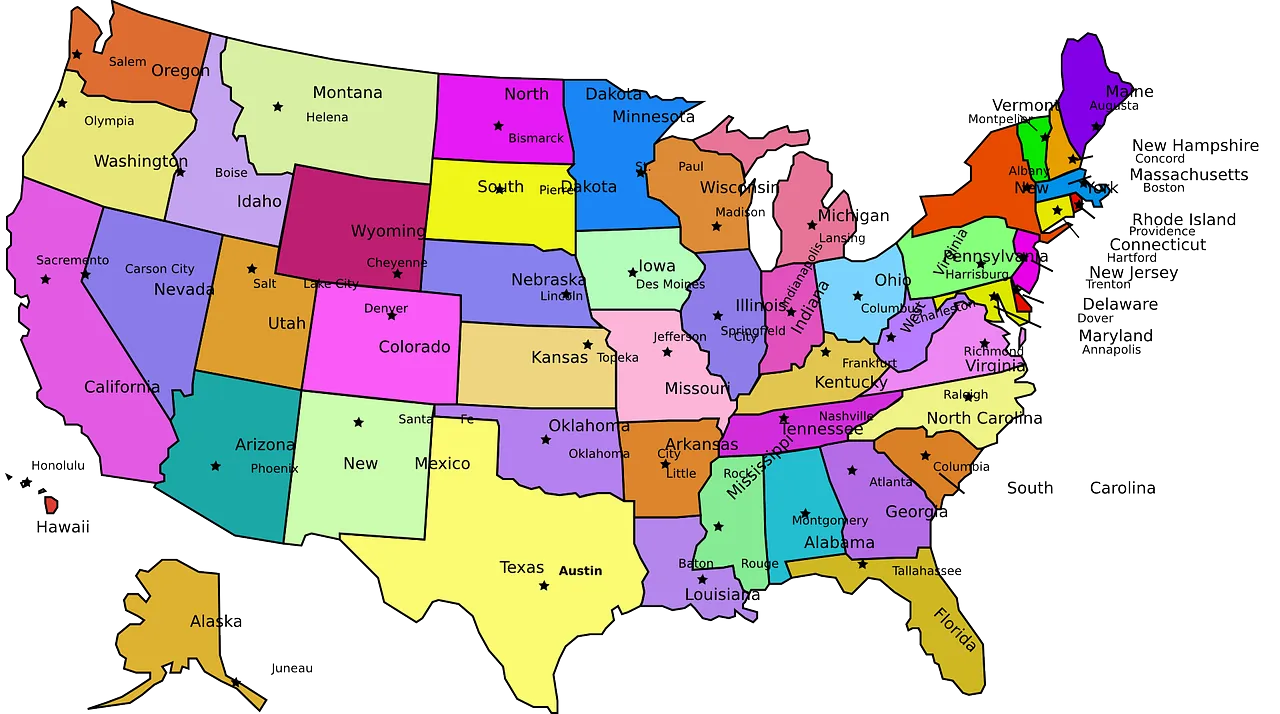A cheeseburger in Manhattan, New York costs significantly more than one in Manhattan, Montana. Specialty skills are less likely to be widely available in rural areas. How do you know what to pay for a job in the geography where you operate? We help every business in America ![]()
Geographical Differentials in Compensation Practices
In today’s increasingly interconnected economy, compensation practices vary widely based on geography. Whether a business is managing employees across states, regions, or international borders, understanding geographical pay differentials is essential for maintaining equity, compliance, and competitiveness. Geographic location influences compensation due to differences in cost of living, labor supply and demand, regulatory environments, and market expectations. Companies that strategically apply these differentials can attract and retain talent while effectively managing labor costs.
What Are Geographical Pay Differentials?
Geographical pay differentials refer to adjustments in employee compensation based on the location where the work is performed. These adjustments account for variations in living costs, local wage norms, economic conditions, and industry competitiveness. For example, an entry-level marketing analyst in San Francisco may earn significantly more than a counterpart in Des Moines, Iowa, due to higher housing, transportation, and services costs in the Bay Area.
These differentials can apply to base pay, incentive pay, and even benefits. Organizations often use benchmark data from salary surveys and compensation databases to determine appropriate pay levels by location.
Key Drivers of Geographical Compensation Differences
- Cost of Living
One of the primary reasons for geographic pay variation is the cost of living. Employees in high-cost areas like New York City, San Francisco, or London face higher expenses for housing, groceries, transportation, and healthcare. To help maintain employee standards of living, employers often provide higher salaries in these locations. Cost-of-living indices and tools like the U.S. Bureau of Economic Analysis’s Regional Price Parities can guide these adjustments.
- Labor Market Conditions
Local labor market conditions influence compensation as well. High-demand skill sets or tight labor supply in a region can drive wages up. For example, tech hubs such as Seattle or Austin may command premium wages for software engineers due to intense competition among employers.
Conversely, areas with high unemployment or a surplus of talent may see lower wage growth, as the bargaining power of employees is reduced. Employers must stay attuned to labor market trends to remain competitive.
- Regional Business Costs
Operating costs for employers—like rent, utilities, and local taxes—can affect compensation decisions. In expensive urban centers, companies may increase compensation to retain employees who must cover their own increased living costs. Alternatively, companies may consider opening offices or hiring remotely in regions with more favorable cost structures.
- State and Local Laws
Minimum wage laws, overtime rules, pay equity regulations, and tax policies vary by jurisdiction. For instance, California’s minimum wage is higher than the federal minimum, requiring employers to comply with state-specific rules. Some cities, like Seattle and New York, also have their own pay transparency and wage floor laws. Employers must adjust pay practices to meet local legal standards while maintaining internal fairness.
- Remote and Hybrid Work Trends
The rise of remote work has added complexity to geographical compensation practices. Some companies, like Facebook and Google, have announced policies to adjust remote workers’ salaries based on their new locations, aligning pay with regional markets. Others have chosen to offer flat-rate compensation regardless of location, arguing that remote work is still equally valuable.
This evolving dynamic raises strategic questions: Should companies reward employees for moving to more affordable areas? Should pay reflect output rather than geography? The answers vary by company philosophy and talent strategy.
Strategic Approaches to Geographical Differentials
Organizations can choose from several models to manage geographic pay differences:
- National Pay Model: All employees are paid the same regardless of location. This is simpler to administer but may overpay in low-cost areas and underpay in high-cost ones.
- Local Market Pay Model: Compensation is aligned with local wage benchmarks. This is more precise but can introduce internal equity issues if employees in the same role are paid differently.
- Zone or Tiered Approach: Employees are grouped into geographic pay zones (e.g., Tier 1: major metros, Tier 2: suburbs, Tier 3: rural). This balances fairness with administrative efficiency.
- Custom Hybrid Models: Many employers combine elements, using national base pay with location-specific adjustments or stipends, especially for fully remote teams.
Challenges in Managing Pay Differentials
While strategic, geographic pay differentials come with risks:
- Perceived Inequity: Employees may feel undervalued if they earn less than peers in other regions for the same job.
- Communication Issues: Explaining pay differences requires clarity and transparency to maintain morale.
- Mobility Complications: When employees move—especially post-pandemic—companies must decide whether to adjust pay up or down, which can create friction.
- Regulatory Compliance: Staying current on wage laws across multiple jurisdictions can be resource-intensive.
Conclusion
Geographical differentials in compensation are an essential part of workforce strategy in today’s complex labor market. With rising mobility, remote work, and global expansion, businesses must balance cost control with talent competitiveness. The key is to build a fair, transparent, and data-driven approach that aligns pay with both external market realities and internal equity.
Ultimately, companies that thoughtfully manage geographic pay differences will be better positioned to attract, motivate, and retain top talent—no matter where that talent resides.


